CNH India starts TREM V engine production at its Greater Noida plant, boosting localisation, innovation, and sustainability, writes Richa Tyagi.
In a significant stride towards innovation and localisation, CNH India commenced manufacturing of its advanced 2.8L TREM V engine (F28) engine at the new Greater Noida plant. This state-of-the-art facility, inaugurated in July 2024 by Gerrit Marx, CEO and Narinder Mittal, India Country Head, marks a pivotal moment in the company’s two and a half decade legacy of delivering, ‘Made in India’ products. The plant, which represents an investment of approximately USD 15 million, is set to produce the innovative powertrain solution claimed to have been designed to meet the evolving Indian customer demands.
High On Modularity
The 2.8L TREM V engine, licensed to CNH by FPT Industrial, the powertrain division of Iveco Group, is a testament to the strong synergy between the two entities in driving innovation and sustainability for the Indian market. This modular engine platform is engineered to enhance efficiency, reliability and environmental compliance. Aligned with Bharat TREM V emission standards, CNH is confident of significant Particulate Matter (PM) and Nitrogen Oxide (NOx) emission reductions.
The F28 engine is designed for under-hood applications, featuring a compact design that improves engine balance, reduces vibration, and minimises friction for enhanced fuel efficiency. Its advanced After-Treatment System (ATS) is the most compact in its category, ensuring compliance with stringent emission norms as per claims.
Engine Manufacturing
The 60-acre Greater Noida facility spans 7,000 sq. m. and encompasses the new engine plant. Equipped with digital and AI-driven technologies, including an advanced operator guidance system and robotic component cleaning, it ensures precision, efficiency, and high-quality output. The plant with scaleable production boasts of an 20,000 units annual capacity. Currently, the F28 engine is being manufactured for construction equipment, complying with CEV V norms, with plans to expand into the agriculture sector once TREM V emission norms are introduced.
Digitisation And Automation
CNH is leveraging automation and AI at the engine line. This has enabled it to streamline production processes for precision and efficiency. The operator guidance system is claimed to enhance operational accuracy and reduce errors. The high-quality testing facility ensures reliability and performance. Scalability ensures there is a headroom to meet the projected demand with flexibility. Real-time tracking of production metrics is another USP for actionable insights. Advanced robotics ensures consistent quality and reduced manual intervention.
Localisation And Sustainability
The company has achieved nearly 60 per cent localisation as per Narinder Mittal, President and Managing Director of CNH India. While the fuel system is currently imported, the company plans to localise it soon. CNH India is dedicated to delivering solutions engineered and manufactured in India. The F28 engine is a testimony of multi-energy solutions being worked on. Born as a diesel engine with options for natural gas and hybrid configurations, it’s claimed to meet low maintenance requirements. The integrated EGR channels ensure more uptime and easier handling, making it a robust and reliable choice for customers.
Key Features Of The F28 Engine:
- Displacement: 2.8-Litre (Bore x Stroke: 91x108mm)
- Configuration: four-cylinder, two-valve per cylinder
- Fuel System: Common-rail injection at 1600 bar
- Turbocharger: Wastegate turbocharger
- After-Treatment System (ATS): ecEGR + DOC + DPF
- Service Interval: 600 hours
- Max Power & Torque: High torque at low speeds with 50 per cent torque backup for extra power when needed
F28 Engine Line
The F28 engine assembly encompasses different production areas, including the S8000 engine assembly area, and a future expansion area.The assembly line integrates advanced AI-driven real-time monitoring for enhanced process quality and data traceability. AI-assisted verification is applied to MB CAP bearing insertion and saddle jet checking, where a red box indicates non-presence or incorrect orientation, while a green box confirms proper alignment. A 3D vision system ensures precise cylinder head seal placement. Vision camera integration further enhances quality control by comparing good and defective assemblies with data traceability for gudgeon pin and connecting rod checking, sealant application verification, and piston ring inspection. Additionally, all critical joints are tightened using DC tools with data traceability, while automated seal processing ensures controlled pressing load, depth, and alignment. A real-time SOP system provides operator guidance, ensuring consistency and minimising errors in the assembly process. Once assembled, engines undergo rigorous testing in the engine testing area before moving to the finished engines area and finally to the warehouse for storage and dispatch.
Process Flow & Quality Control
The F28 Engine process flow outlines the various stages involved in the manufacturing, quality control, and final dispatch of the F28 engine at CNH. The process ensures strict quality checks at multiple stages, incorporating advanced inspections, robotic washing, assembly processes, and final pre-dispatch inspections.
Incoming Quality Control (Supplier Inspection)
Before any component is used in engine assembly, it undergoes a series of inspections to ensure it meets quality standards. Periodic Inspection at Incoming Stage includes checking for defects in supplied components. Metallurgical Check ensures the material properties meet the required specifications. Cleanliness Check protects against contaminants that may affect engine performance. The
Supplier and Pre-Delivery Inspection report review supplier-provided inspection reports.
Decision process at incoming quality control entails deciding if a part fails any of these checks, it is rejected and sent back to the supplier. If the part passes, it is approved for use and sent to the engine shop for further processing. Engine shop processing and robotic washing involve Robotic Washing Machine (M/C) to remove dirt, oil, and contaminants. It ensures parts are cleant before entering the assembly process. It includes 10 checks, such as spray pressure, concentration of cleaning solution, pH value, temperature and air pressure.
Assembly line process (ST.1 to ST.15)
The engine moves through three key assembly phases, where components are put together systematically: ST.1 to ST.5, ST.6 to ST.10 and ST.10 to ST.15. Each step involves multiple quality control checks to ensure correct fitment, alignment, and functioning. There is quality assurance at the assembly stage. A total of 452 quality checks, involve 20 design checks, 58 process checks, three station checks, six facility checks, seven alarm monitoring checks, 56 measurement checks, 171 sensory checks, 69 inspection checks.
If any assembly issue arises, corrective actions are taken before moving forward. At the Engine Quality Gate (QG Gate), where final assessments are done before further processing. If issues are found, the engine is held for correction. If passed, it proceeds to the Pre-Delivery Inspection (PDI) and Engine Masking stage. The Pre-Delivery Inspection (PDI) & Masking is a critical stage before final testing and painting. Total 35 quality checks at this stage, covering 13 measurement checks, 11 process validations, seven alarm monitoring and four facility checks. If approved, the engine is sent for testing. If rejected, it is sent for rework and analysis.
Engine Testing
This is where the engine undergoes functional validation to ensure it meets performance standards. If failed, it is sent for rework & analysis to determine and fix defects. If passed, the engine moves to the painting process.
Engine Paint Process
Once the engine clears testing, it is painted to protect it from corrosion and environmental factors.
Final PDI (Pre-Dispatch Inspection) Check
After painting, the engine undergoes a final round of inspections to ensure it meets all required specifications before packaging and dispatch. Total 40 Checks, ensuring the engine is free of defects, properly assembled and ready for delivery. If approved, it moves to the packaging stage. If issues are found, it is held for rework.
Engine Packaging & Dispatch
Before shipping, the engine undergoes final quality verification and is securely packed. Total seven quality checks before final dispatch to ensure proper packaging to prevent damage during transportation. ACI
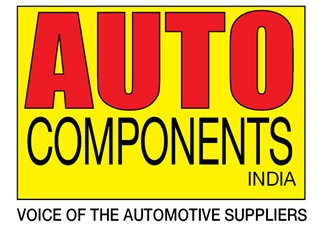

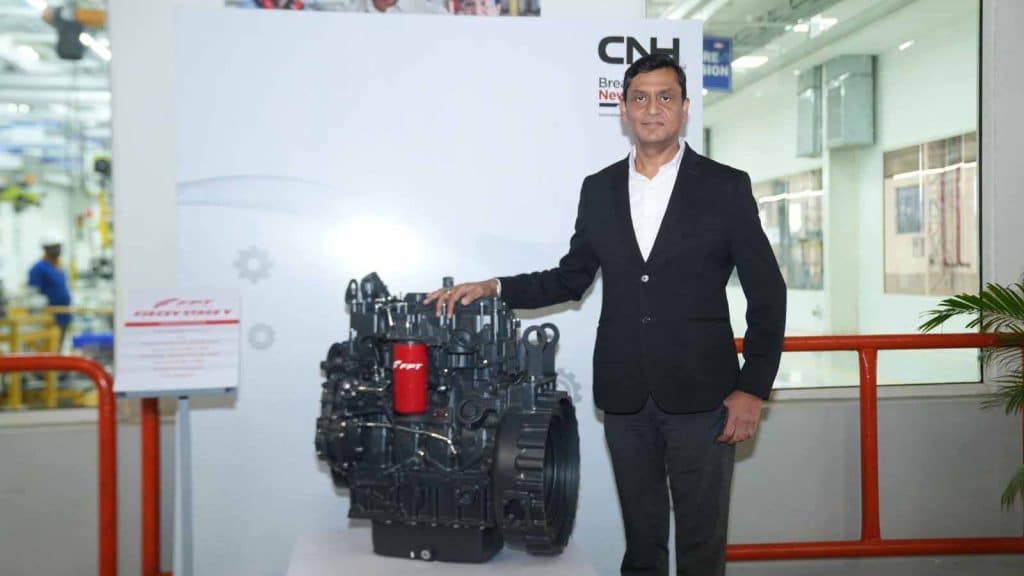
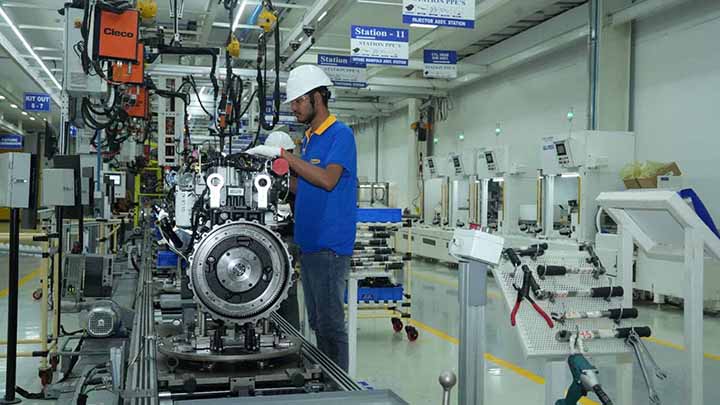

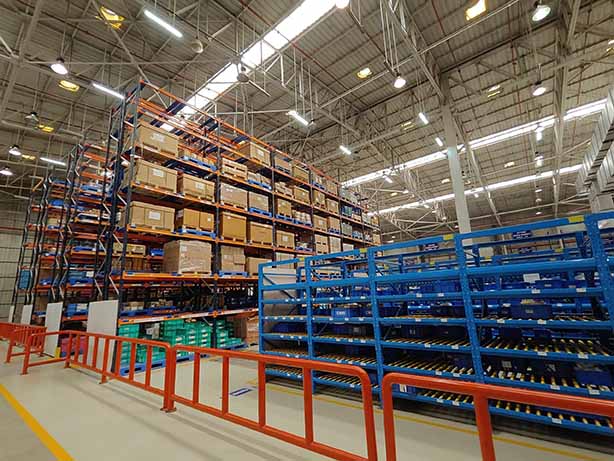

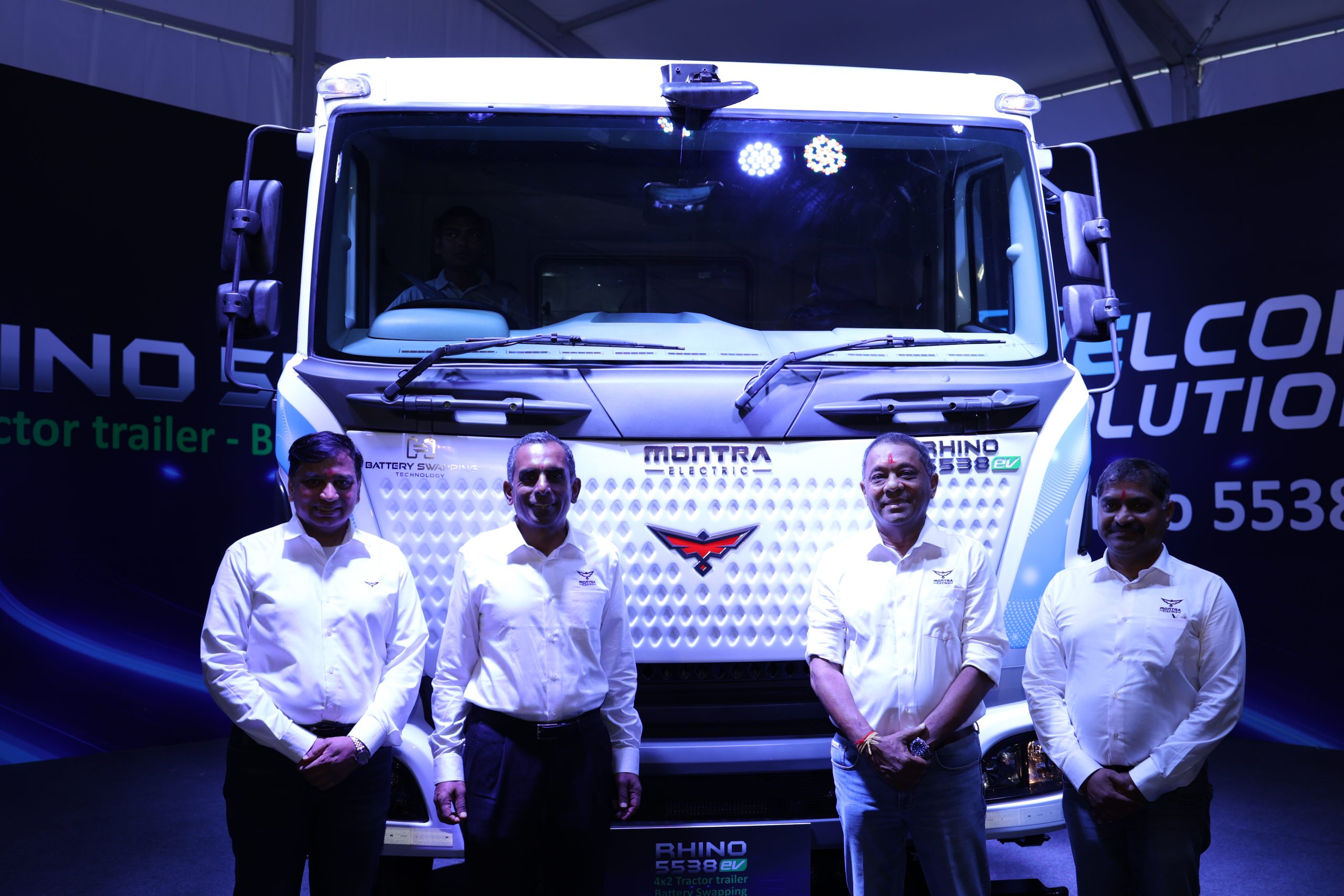
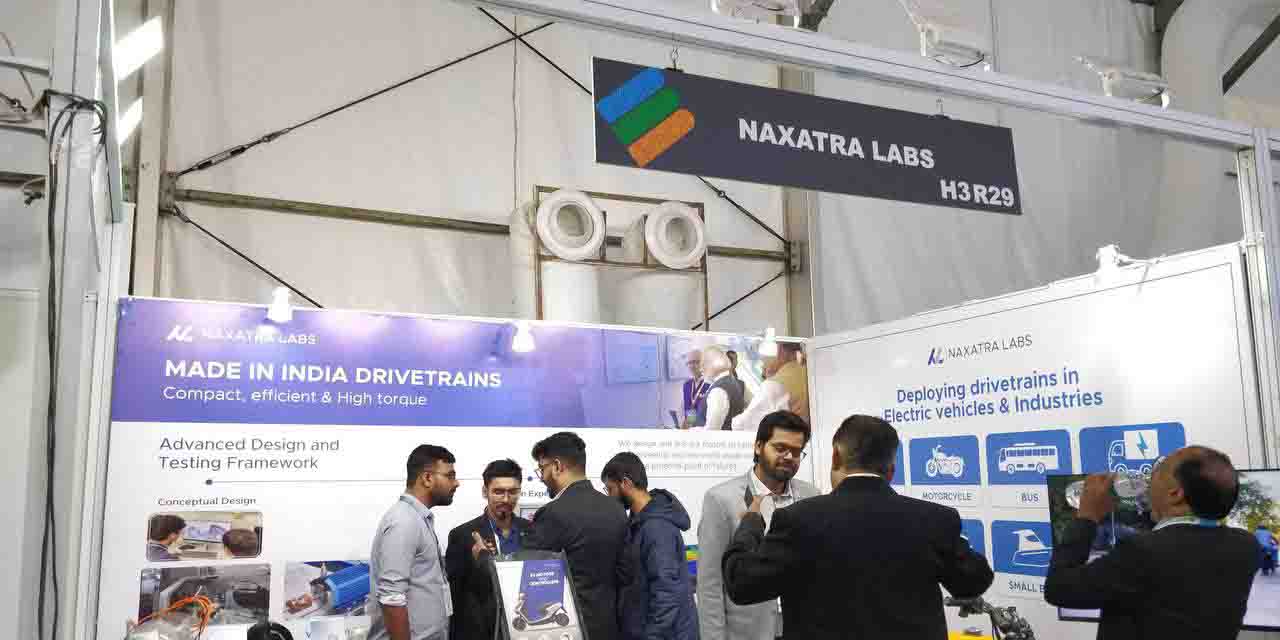
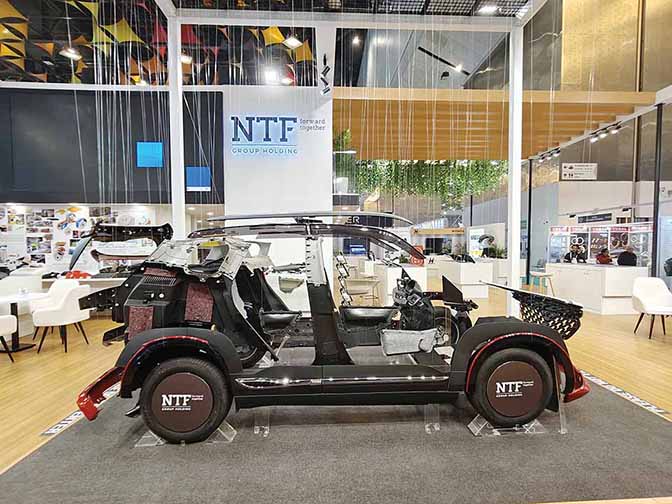
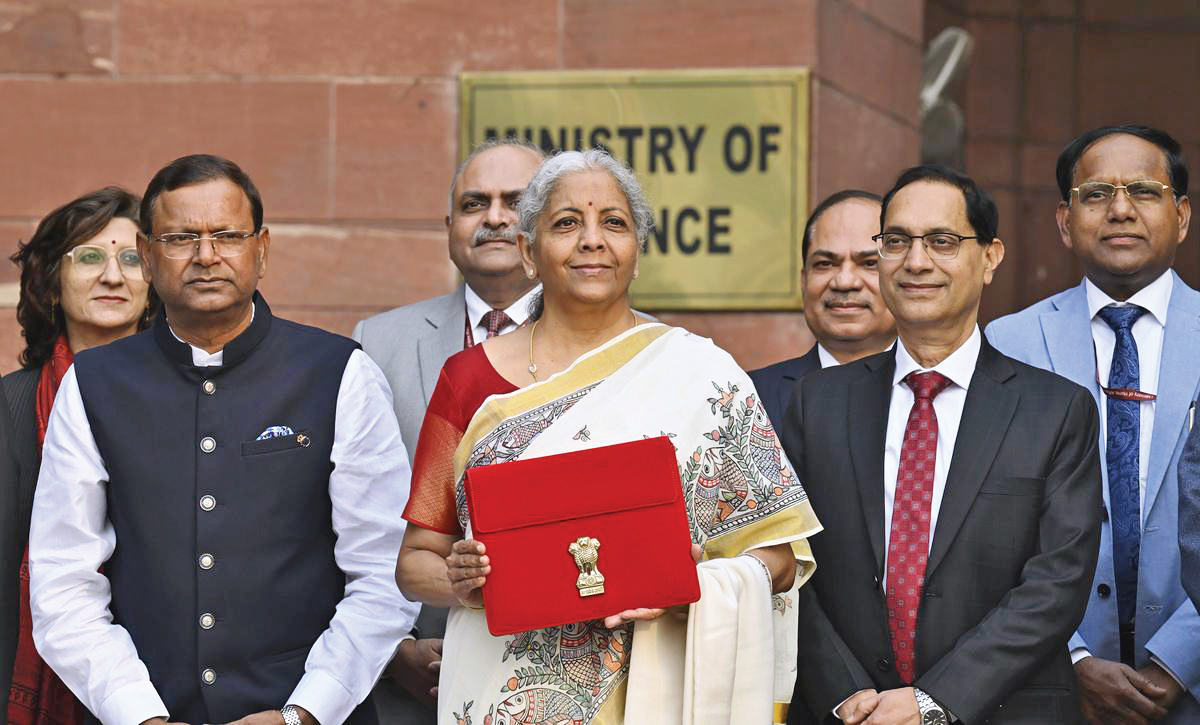
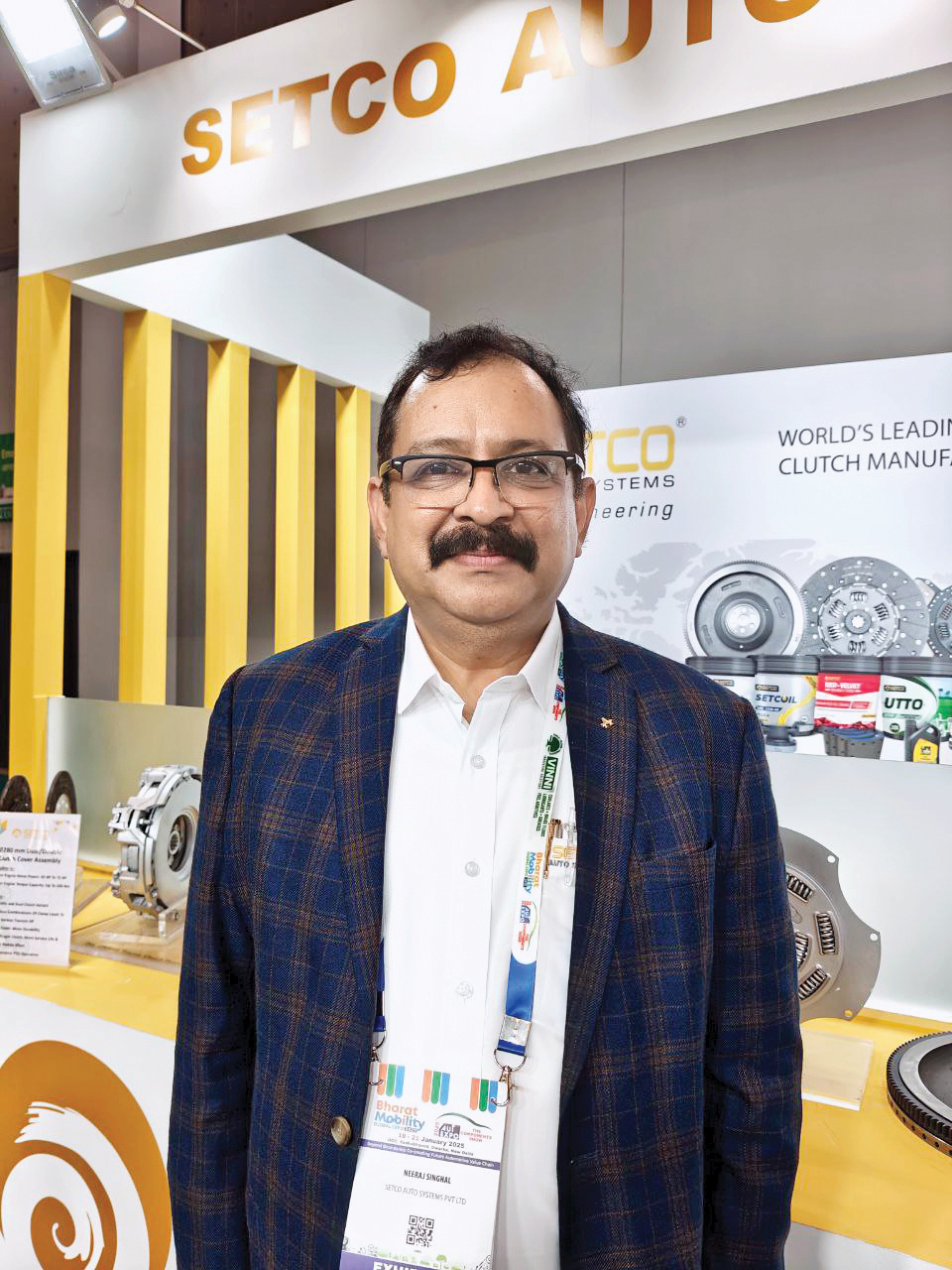
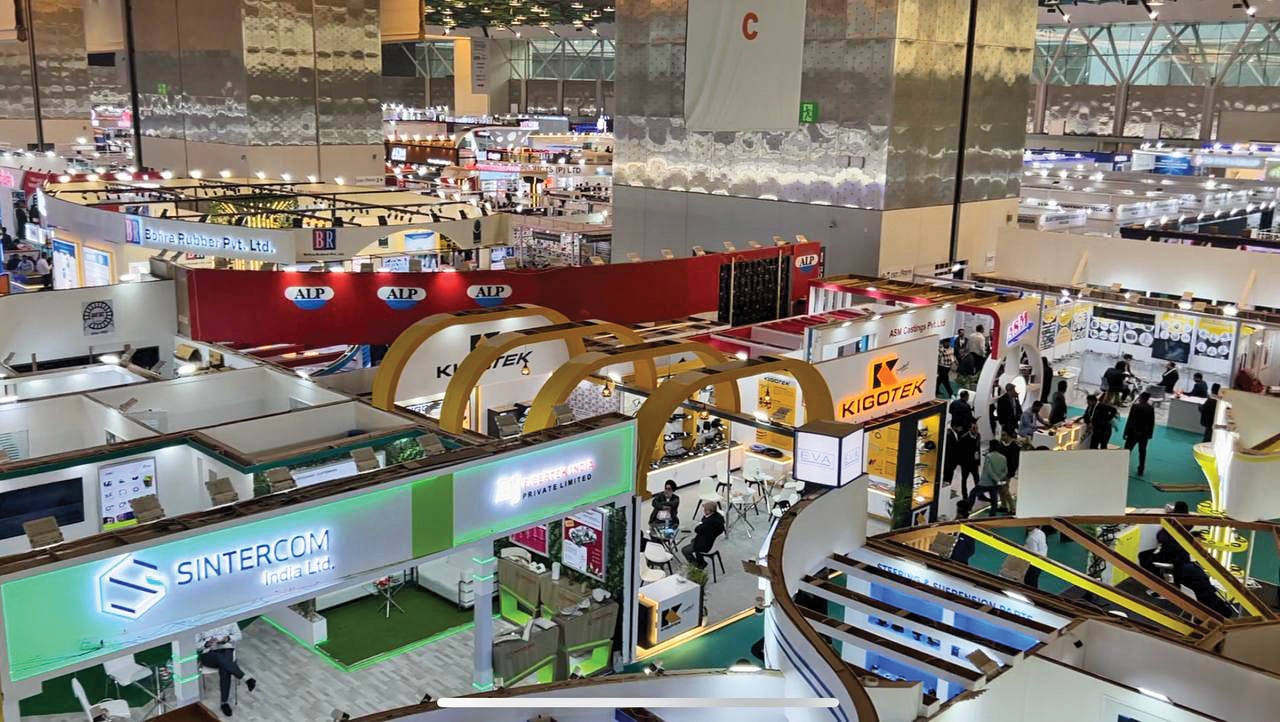
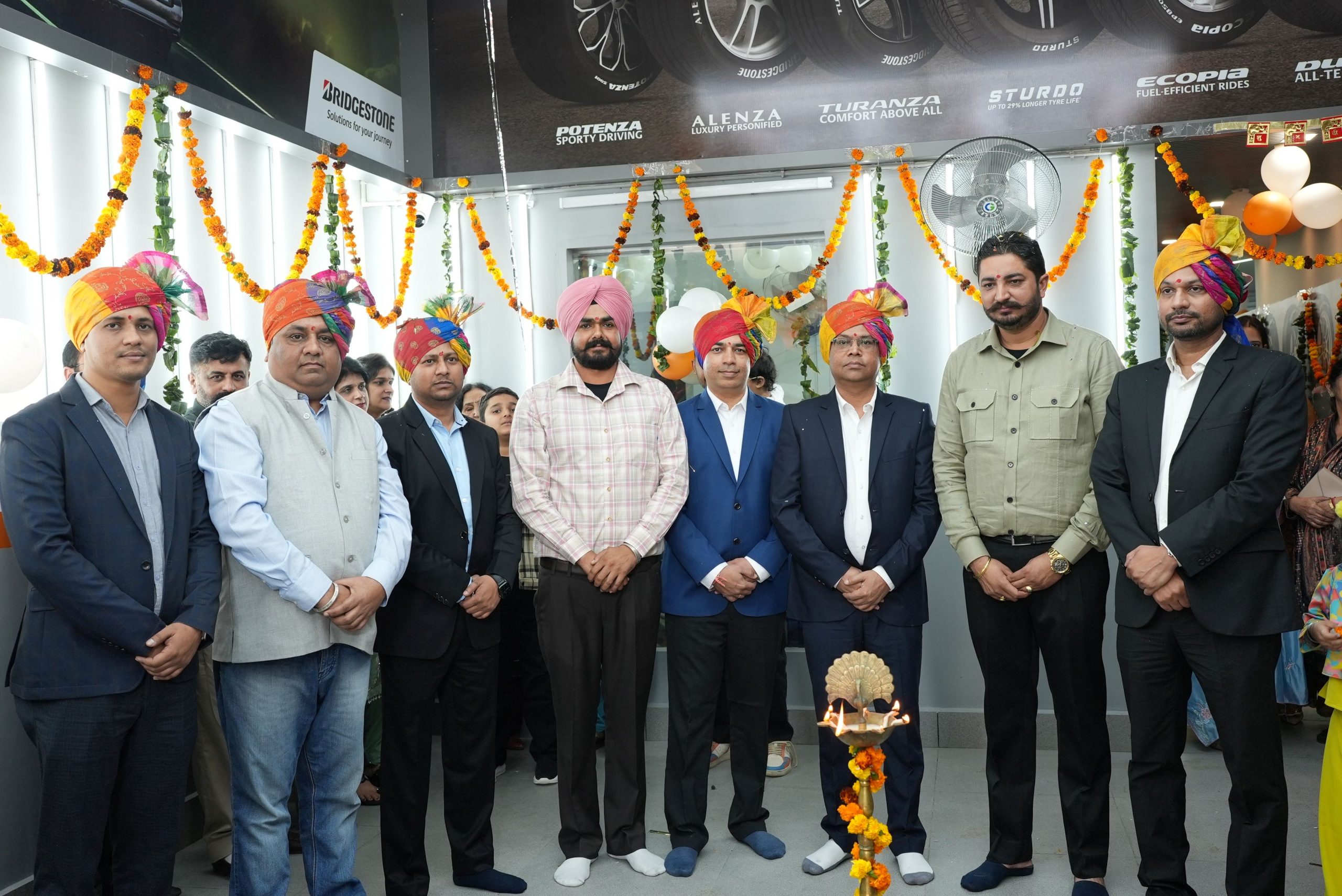
Leave a Reply